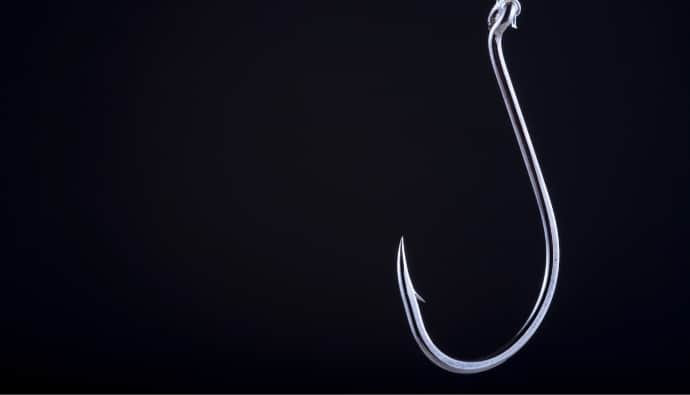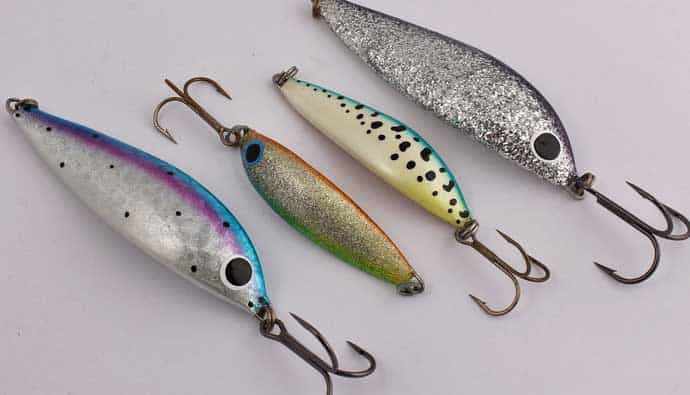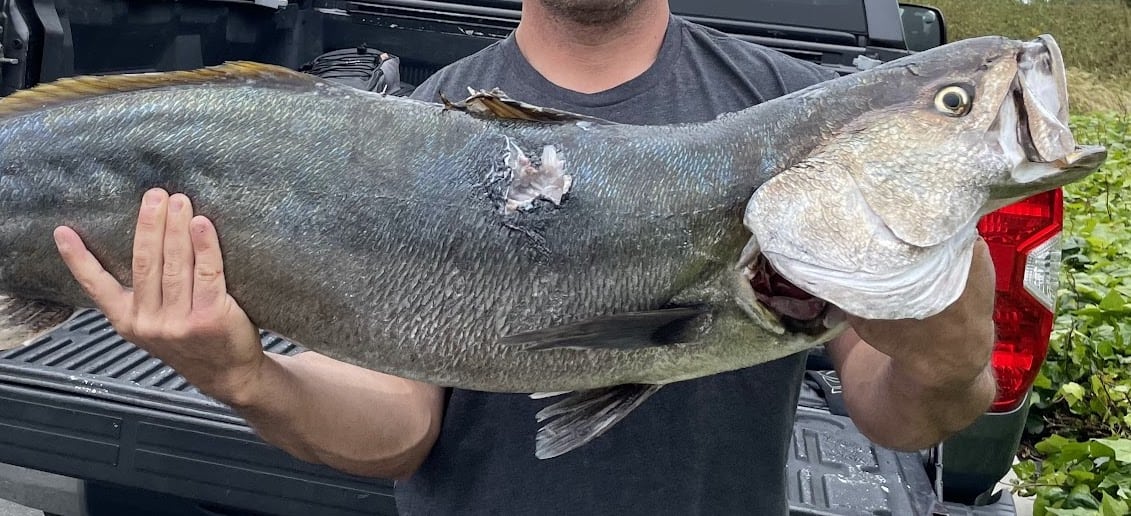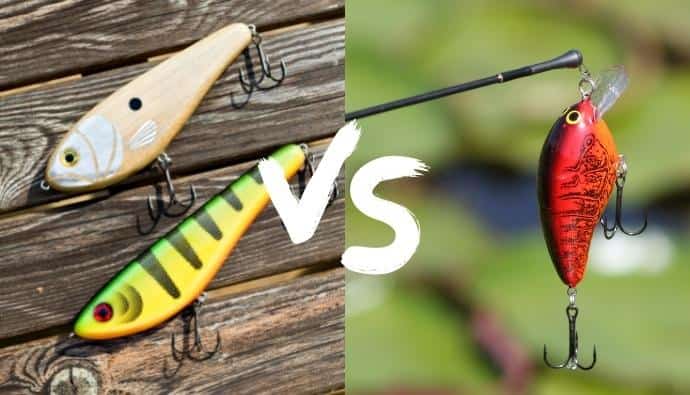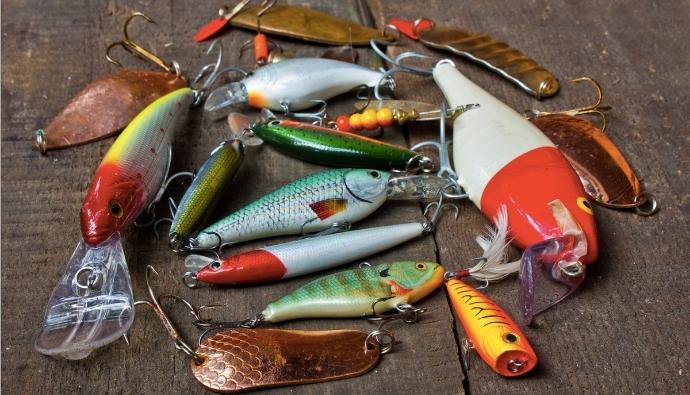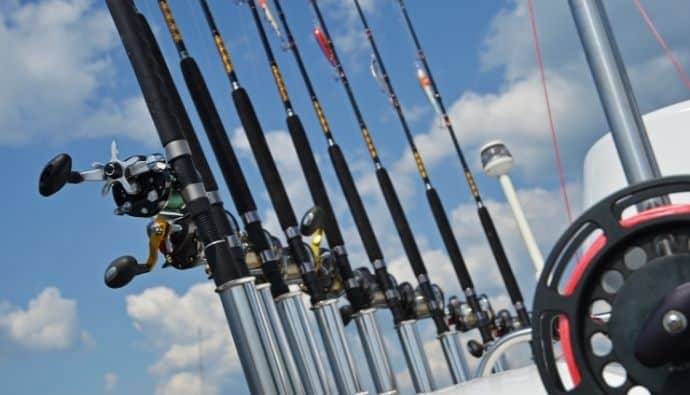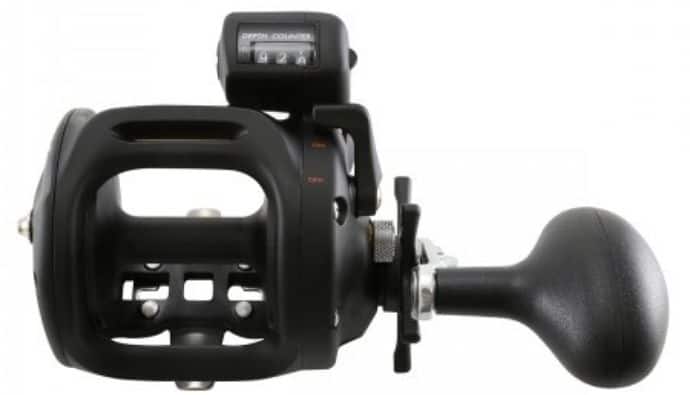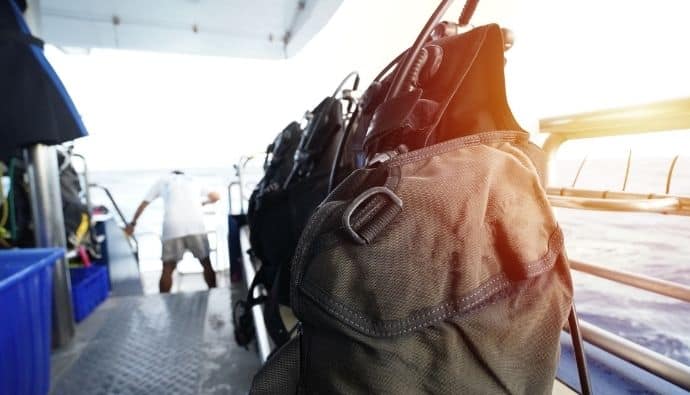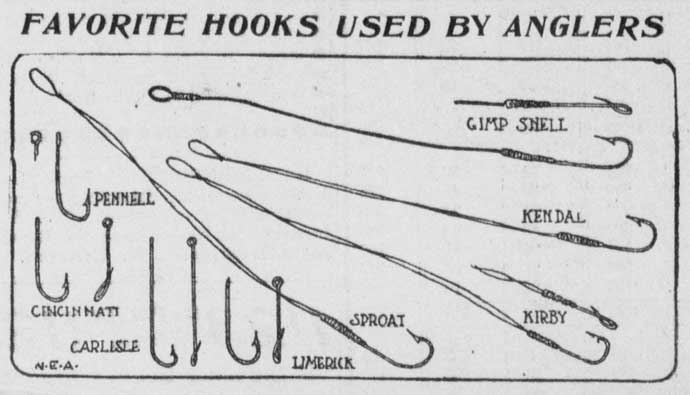Plugs are among the most popular fishing lures you can find at your local bait shop. These lures are also called crankbaits and are colored to make them appear like baitfish. Plugs come with a thin sheet of metal called a lip attached at the front and have two to three hooks. Plugs come in different designs and can swim, dive, or float. Additionally, you can use them for both freshwater and saltwater fishing. They are popular for bass fishing as their appearance causes reaction strikes from bass. Jigs are also good fishing lures popular among anglers. Jigs feature a plastic grub or feather skirt with a weighted head and hook. This important feature makes jigs the best option for anglers targeting bottom feeders.
Nowadays, anglers prefer fishing lures instead of live bait to attract fish. Many fishing lures are in the market today, and choosing the right one can be hectic. Here are the best types of fishing lures you can use to catch your favorite species.
What is a Fishing Lure?
These are artificial lures used to in attracting fish by capturing their attention, often shaped like natural prey. The lure body has a weighted hook attached to it and is tied at the end of the line. These can be made out of man-made or natural materials.
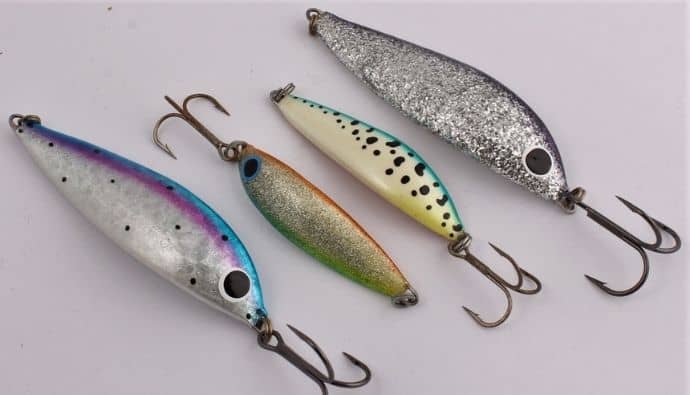
Fishing Lure Types
I will tell you the most productive lure types you can use in your fishing line to share my knowledge. See what you can put in your tackle box to catch different species.
1. Plugs
Plugs, also called crankbaits, are colored solid plastic to look like baitfish. A thin sheet of metal called a lip is attached at the front and has two to three hooks. Sometimes, you can adjust the lip to make the lure sway. Plug lure sink, dive, swim, or float, depending on their design.
Crankbaits also used treble hooks for freshwater and saltwater fishing. These treble hooks are great for plugs used in bass fishing as the angles cause reaction strikes from bass.
How to Catch Fish Using Plug Lure
It is best to take advantage of the plug’s movement when using it as a lure. On the surface, crankbaits either suspend or float in the water but sharply dive when retrieving.
You can use the reel-and-stop move to have the plug resemble a live bait fish’s behavior. Try changing your reeling speed and twitching intervals. You may also want to lower your rod tip and hold it off to the side.
2. Jigs
Jigs are considered one of the most popular types of lures and feature a plastic grub or feather skirt. It has a hook and a weighted head, making it perfect for bottom feeders as they can sink quickly.
How to Attract Fish Using Jigs
When using jigs, you should let it sink into the bottom to take full advantage of its weight. Start jigging the lure when the line slacks, which means the jig has already fallen. Slightly lift your fishing rod and lower it again as you retrieve the link.
3. Spinnerbait
Spinnerbaits are lures good to use for bass. They move horizontally, which makes them somehow different from other lures. Two of the popular types of spinnerbait are the in line spinners and safety pin lures.
With spinner baits you have a skirted hook attached to them on one side and one or more metal blades on the other. The spinning blade acts like a propeller which reflects the color and creates vibrations. This makes them mimic live minnows and other live bait and is perfect for catching bass and predatory fish like perch.
How to Use Spinnerbait in Fishing
An excellent way to attract game fish is to pull your spinnerbait beneath the murky water’s surface. Make sure the spinning blades are underneath the water and keep your rod high to attract much fish.
If the fishes hide in deep waters with the worst visibility, add a sinker and depend on your spinnerbait’s vibrations. In fishing for bass, spinnerbait are good lures to catch largemouth bass.
4. Spoons
Spoons are metal lures that are concave and curved. The shape of the spoon lures makes them shine and wobble as they move in the water. This resembles an injured baitfish that attracts game fish.
Capturing Fish Using Spoons
Anglers usually cast the spoon lure 10 to 20 feet below their target fish zone. Have a good look at your bait to set an adequate speed for retrieving the spoon. You can use spoons to catch trout in deep water.
The spoon won’t properly wobble if it moves too slowly or too fast. In setting a target depth, trolling the lure requires a downrigger.
5. Soft Plastics
A soft plastics are a flexible rubbery lure that is frequently used in fishing for bass. They can vary from worms, minnows, lizards, and frogs.
We’ve rounded up the best bass soft plastics in our other article.
Using Soft Plastic Lures for Fishing
Select the right size and color of the soft plastic baits and make sure it naturally fits with the surrounding. On a clear day, use a bright color. However, avoid using it when the sky is cloudy.
Soft plastics allow you to accurately mimic the movement of wounded species. Let it sink to the bottom, and have your rod twitch a few times. Pull the lure up in a bouncy way if there’s no hook-up.
6. Flies
Flies are traditionally used in fly fishing. Now, they can also be used in spin fishing due to the development of their materials. These lures are made up of a skirt and a single hook. Tie these lures using threads, feathers, or furs to make them similar to crustaceans, insects, and other baits.
Choosing the Right Fly Fishing Lures
It is good to use flies in places where fishes approach the surface of the water. Surface flies float on the water, while subsurface flies sink.
In choosing the type of flies, you’ll use, consider what kind of prey your targeted fish eats. Dry flies are waterproof lures that imitate insects and float on the water. Wet flies are lures that imitate minnows and aquatic insects and sink beneath the surface. Brook trout is the favorite target of anglers in this type of fishing.
7. Swimbaits
Swimbaits are fish replicas that have a hook attached to the top. They mimic the swimming motion of other fish by having a subtle body movement when dragged into the water. This makes it difficult for your target to differentiate themselves from natural prey.
Catching Species With Swimbaits
Swimbaits attract fish bites by encouraging feeding behavior. A larger swimbait is needed if you plan on catching a wide variety of fish species.
8. Surfaces
The surface lure is designed to mimic a bait fish or bugs on the water’s surface, wherein a larger fish, like a bass fish, would go for. It is considered one of the best styles to use, as you will see what’s happening.
Using Surface Lures in Fishing
Surface lures are great for targeting bigger fish and are usually used in bass fishing. Toss the lure on the surface, and it will increase the chance of a big fish jumping into your lure than to an actual prey. You can move your lure using a zigzag pattern to make it more attractive and appealing.
Packing Up
Now, you have learned the different kinds of lures and what they replicate. But remember, patience is essential so you wouldn’t scare the fish away.


 Facebook
Facebook YouTube
YouTube